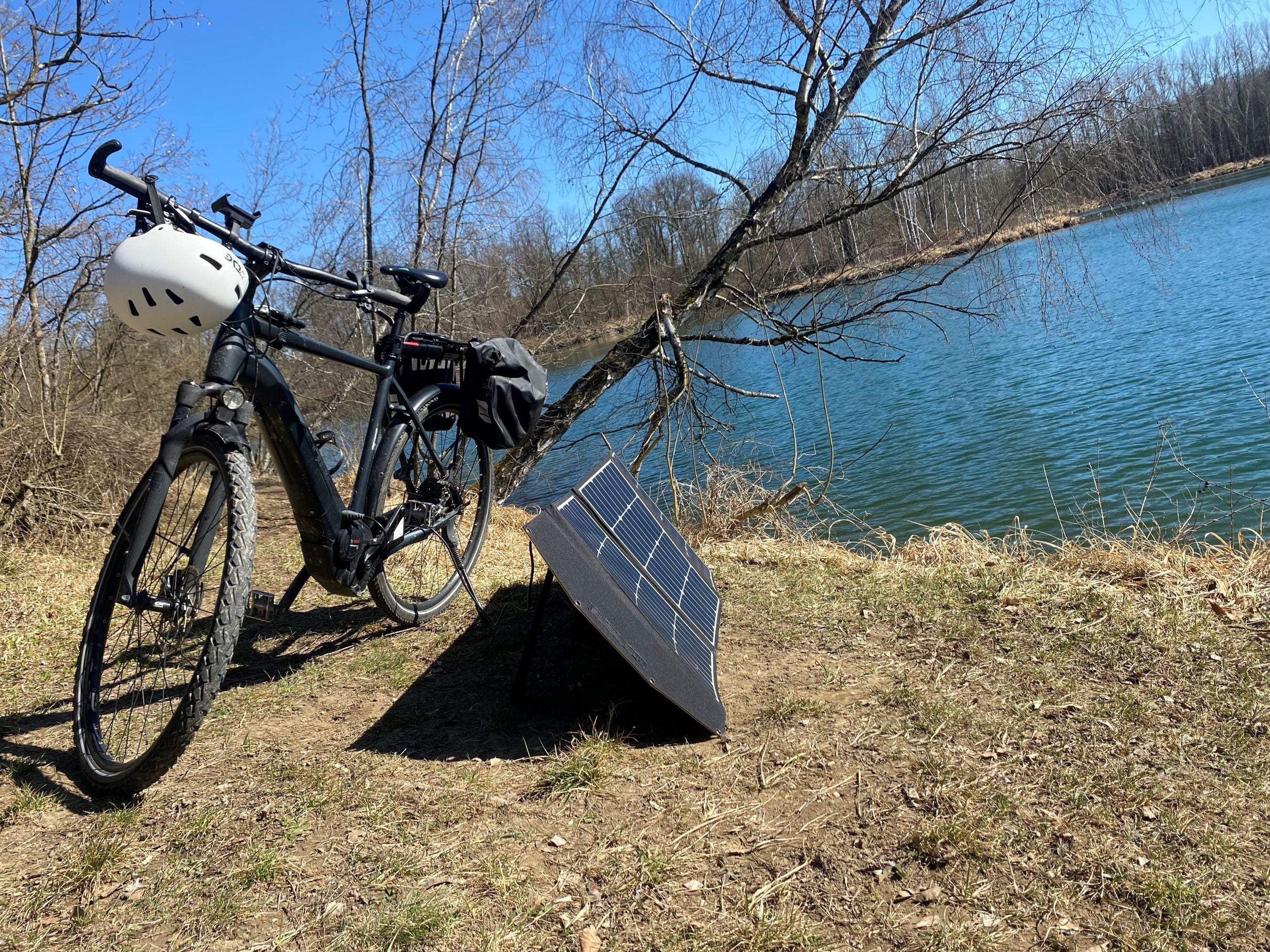Maximum Power Point Tracking (MPPT): More energy from the sun

When it comes to solar energy—whether for e-bikes, home systems, or portable devices—you often hear the term "Maximum Power Point Tracking," or MPPT for short. But what exactly is it? Why is it so important, and how does it actually work? In this article, we'll delve into the world of MPPT, explain the technology simply, and show why it makes a difference.
What is Maximum Power Point Tracking?
MPPT is a technology used in solar charge controllers to extract maximum power from a solar panel. Solar cells don't always produce the same amount of energy—this depends on factors such as sunlight, temperature, or shade. Without MPPT, a system would often produce less power than it could. MPPT ensures that the solar system always operates in the "sweet spot"—the point where it delivers the highest possible power.
How does MPPT work?
The basic idea is pretty clever, but let's break it down step by step:
- Voltage and current at play : A solar module has a specific voltage (volts) and current (amperes), which together determine the power (watts). These values constantly change – in strong sunlight, the power increases, while in cloudy conditions, it decreases. However, there is always an optimal point, the "maximum power point" (MPP), where the combination of voltage and current delivers the most energy.
- Dynamic adjustment : An MPPT charge controller continuously measures the solar panel's output and adjusts the electrical load. It tracks the MPP by regulating the voltage to maximize the product of volts and amperes. This happens in real time, often several times per second.
- Technology in the background : The controller uses algorithms such as "Perturb and Observe" or "Incremental Conductance." In short: It tests small changes in the voltage, checks whether the power increases or decreases, and then continues adjusting until the MPP is found.
- Energy to the battery : Once the optimal point is reached, the controller converts the energy so that it flows efficiently into the battery – whether for an e-bike, a power station or a rooftop system.
Imagine you are turning a faucet: without MPPT the faucet only opens halfway, with MPPT you can find exactly the point where the most water comes out with the best pressure – and this while the water pressure is constantly changing.
What are the advantages of MPPT?
MPPT is not just a technical gimmick – it has tangible advantages:
- Increased efficiency : Studies show that MPPT can increase energy yield by 15–30% compared to simple PWM (pulse width modulation) controllers, especially in fluctuating weather. For a 100-watt solar panel, that could be 20–30 watts more per hour—it adds up!
- Flexibility in bad weather : When clouds pass or the sun is low in the sky, performance typically drops. MPPT maximizes performance by adapting to the conditions—ideal for regions with changeable climates.
- Longer battery life : Because more energy is used efficiently, the battery charges faster and more deeply. For e-bike riders, this means longer range and less waiting time.
- Smaller panels possible : With MPPT, you don't need the largest solar modules to generate enough power – this saves space and weight, e.g., with mobile solutions like the SolarRide system.
Where is MPPT used?
MPPT can be found everywhere where solar energy needs to be optimized:
- E-bikes : Systems like SolarRide's SunLight charger use MPPT to fully utilize the panels—even when the sun isn't shining optimally.
- Residential systems : Large rooftop solar systems rely on MPPT to deliver maximum power even when partially shaded (e.g. by trees).
- Outdoor gadgets : Portable solar chargers for smartphones or camping equipment also benefit.
Are there any disadvantages?
MPPT isn't perfect. These controllers are more expensive than simple PWM models—often €50–100 more, depending on the power output. They also consume some energy for their calculations, but this is usually negligible (less than 1%). Therefore, PWM can be sufficient for small, inexpensive systems with constant conditions—MPPT is especially worthwhile when efficiency is crucial.
Conclusion: Why MPPT is a game changer
Maximum Power Point Tracking is like a turbocharger for solar energy: It gets the most out of every ray of sunshine, whether on the roof or on an e-bike. It's a must-have for anyone who values efficiency, sustainability, and flexibility. Especially with mobile solutions—like a solar panel on a luggage rack—MPPT makes the difference between "pretty nice" and "really powerful."


